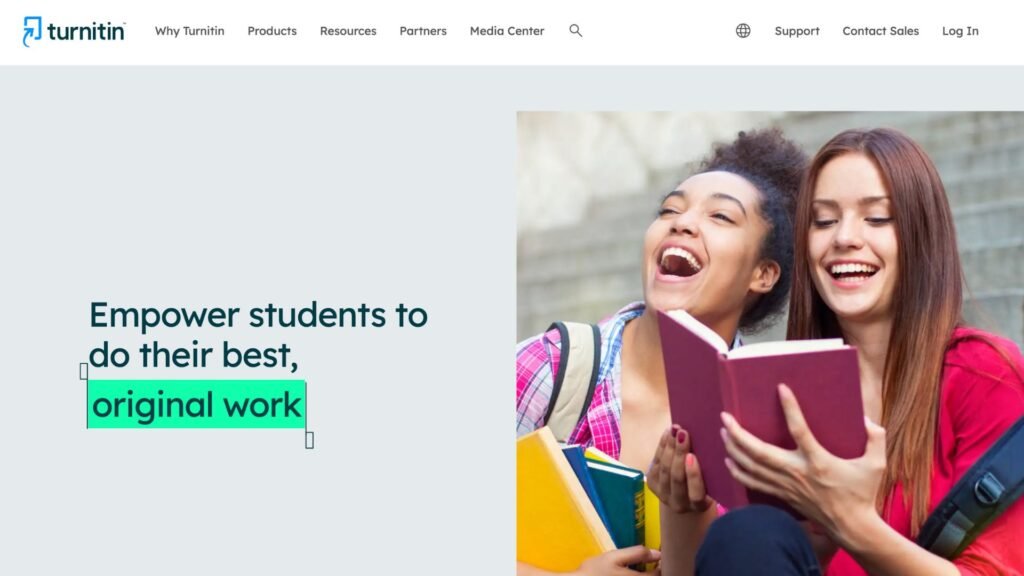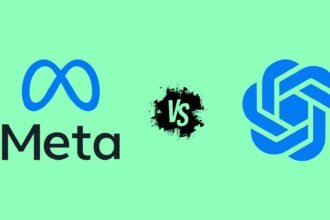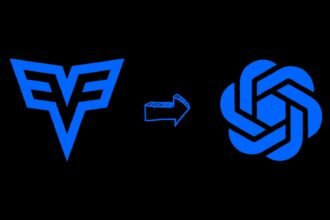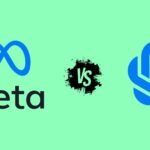Can Turnitin Detect ChatGPT: ChatGPT and other AI writing tools present new challenges for detecting plagiarism and maintaining academic integrity. Instructors want reassurance that tools like Turnitin can identify AI-generated content. This post examines Turnitin’s capabilities for detecting text from ChatGPT and similar AI models.
AI writing assistants like ChatGPT are raising concerns about plagiarism and academic dishonesty. Their ability to generate human-like writing on demand makes it easier than ever to pass off AI-written work as one’s own. This leaves educators looking for robust plagiarism detection tools to maintain integrity.
Turnitin is one of the most widely used platforms to catch copied or improperly cited work. Its versatility also enables updated methods for identifying AI-generated text. This post offers a comprehensive look at how Turnitin approaches AI detection in student writing.
What is ChatGPT?
ChatGPT is a conversational artificial intelligence chatbot created by OpenAI. It uses a cutting-edge natural language processing model to generate human-like responses on demand. Students are increasingly using ChatGPT to get essay ideas, answers to assignment questions, and even full drafts on topics ranging from literature to computer science.
The key reasons for ChatGPT’s popularity in academia are:
- It’s free and easy to use
- Can explain concepts and summarize research papers
- Writes coherent essays and code on command
- Much faster than doing everything manually
However, its advanced capabilities also raise integrity concerns around academic honesty. Students submitting ChatGPT’s output as original work constitutes plagiarism under most institution guidelines.
What is Turnitin?
Turnitin is a leading plagiarism checker used by schools and universities worldwide. It compares submitted papers against its extensive database of web content, published works, and previously submitted student assignments.
Any matches found are highlighted to indicate potential plagiarism or collusion. Turnitin also provides overall similarity scores.

Recently, Turnitin has updated its systems to detect text generated by AI tools as well. This allows institutions to flag essays and assignments created using ChatGPT.
Why Turnitin Targets ChatGPT
Academic institutions rely on Turnitin to uphold honesty. Unchecked usage of ChatGPT for generating submissions threatens to undermine the integrity of assessment. Potential issues include:
- Students submitting auto-generated content as original work
- Imbalance where some students get an unfair advantage by using AI over peers who do their own work
- ChatGPT often fabricating facts, citations and producing output with ethical issues
Can Turnitin Detect ChatGPT
Below are the methods that Turnitin can detect ChatGPT.
1. Automatic Detection and Indicators
Turnitin automatically screens documents for both plagiarized and AI-created content. When an instructor uploads a file, Turnitin scans it and adds an AI writing indicator to their Similarity Report. This shows the probability that ChatGPT or a similar tool produced the text.
2. Scoring for AI Writing Patterns
In addition to the AI indicator, Turnitin assigns an overall score from 0-100% reflecting matches to known AI writing patterns. This helps instructors gauge how likely it is a submission comes wholly or partially from an AI model like ChatGPT. The algorithms are continually refined to match the latest techniques.
3. An AI Innovation Lab for Staying Ahead
Dedicated R&D from Turnitin’s AI Innovation Lab improves the accuracy and scope of detection tools.
Researchers focus directly on modeling the evolving strategies used to generate synthetic text with AI. This ensures detection keeps pace even as the technology advances.
4. 98% Accuracy for Spotting AI Content
Current estimates give Turnitin about a 98% accuracy rate at identifying text created by AI rather than humans.
The tools are intentionally designed to catch AI-generated words and passages from ChatGPT and similar programs. This makes Turnitin very reliable for flagging AI writing.
5. Training to Spot GPT Model Outputs
Finally, Turnitin trains its algorithms by analyzing writing samples from specific natural language AI systems – especially OpenAI’s GPT models.
By learning GPT-3 and GPT-3.5’s linguistic patterns, Turnitin builds an understanding to detect their text. This allows catching GPT-based ChatGPT output.
By detecting ChatGPT, Turnitin aims to promote academic integrity and ensure students develop real skills through doing their own work.
How to Avoid Turnitin Detecting ChatGPT
However, an outright ban on using ChatGPT is counterproductive. When used ethically as a supporting tool, it can benefit students and even enrich learning.
The key is to integrate ChatGPT as a companion for writing rather than as a substitute for original work. Here are some tips students can use:
- Use ChatGPT for ideation – generate outlines, not full essays
- Paraphrase suggestions instead of copying verbatim
- Double check facts, references and data used
- Limit usage to introduction/conclusion, do analysis personally
- Review output to fix errors, improve coherence
- Cite if you include any text/visuals provided
Adopting this collaborative approach with AI, students can utilize the productivity benefits while still retaining creative control over their assignments. This keeps submissions original and reduces similarities flagged during plagiarism checks.
FAQs: Turnitin Detect ChatGPT
-
How Does Turnitin Identify AI-Generated Content Like ChatGPT?
Turnitin uses automatic detection and indicators, scoring for AI writing patterns, and an AI Innovation Lab to stay updated with evolving AI writing techniques.
-
What Makes ChatGPT a Concern for Academic Integrity?
ChatGPT’s ability to generate human-like essays and answers quickly and easily raises concerns for academic integrity, as students might submit its output as their own work.
-
Why is Turnitin Important in Academic Settings Regarding AI Tools Like ChatGPT?
Turnitin maintains academic honesty by detecting AI-generated content, ensuring students do their own work, and preventing the submission of plagiarized work.
-
How Can Students Ethically Use ChatGPT Without Being Detected by Turnitin?
Students can use ChatGPT ethically by using it for ideation, paraphrasing its suggestions, double-checking facts, and limiting its use to certain parts of their work.
Conclusion
The threat of AI tools like ChatGPT making it easier to submit plagiarized and inauthentic work is growing.
However, Turnitin employs rigorous machine learning approaches to identify text generated by these AI models. From real-time probability scores to dedicated R&D, Turnitin uses robust and multidimensional tools for AI detection.
This offers educators significant confidence that AI-written content will be reliably caught before ever making to the grade book.









